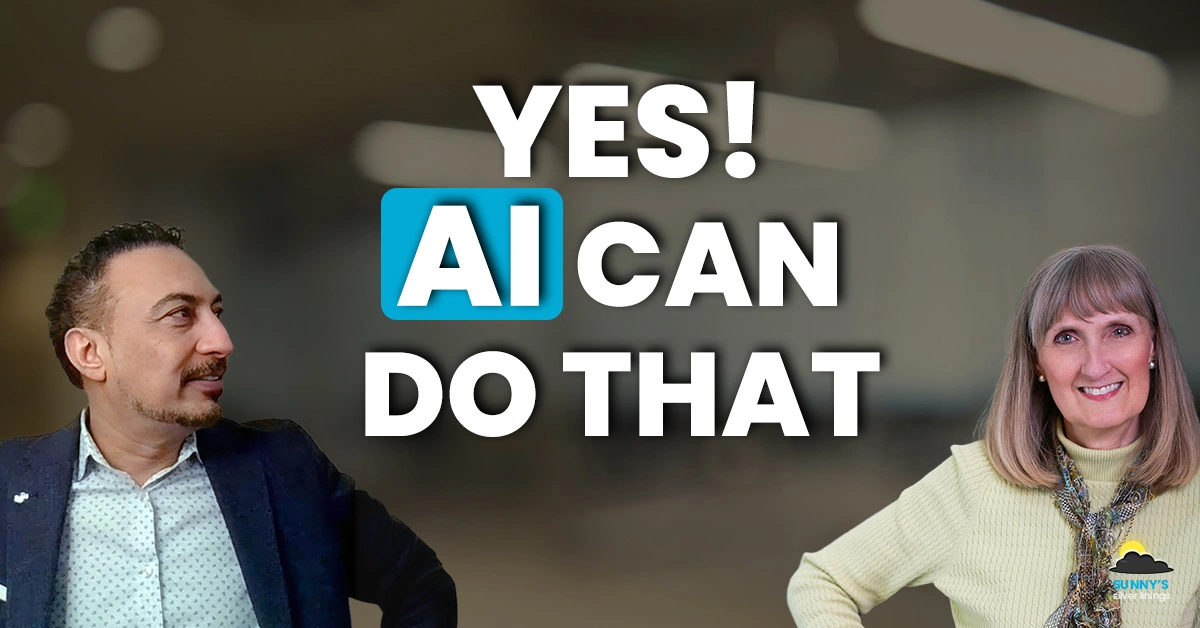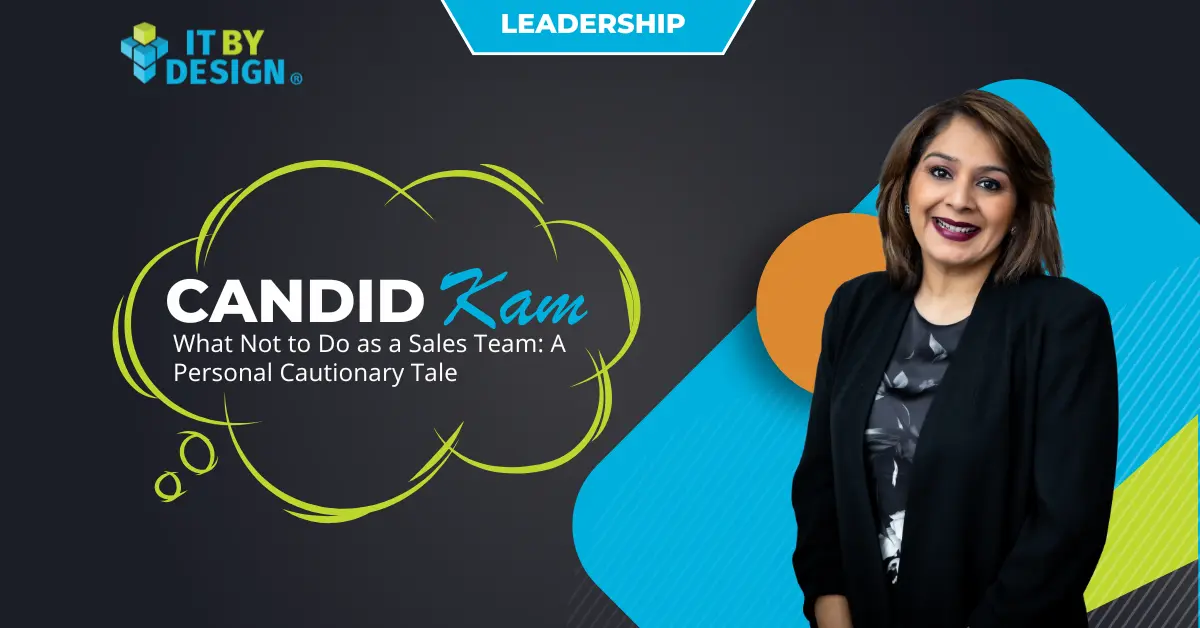We talk a lot about wanting our teams to be successful and the importance of having leaders with good leadership skills to ensure the success of our teams. But do we know what teams actually are, and how they are different from a group? It’s important for leaders to understand these definitions so that they know how support the transformation of a group into a team, and subsequently into a high performing team – which is the ideal goal for every organization.
Let’s start with definitions: What is a group? A group is simply two or more individuals who come together to achieve particular goals. This means that they will interact with each other and will be interdependent upon each other, but their success does not depend upon each other. In contrast, a team is defined as a group of people who perform interdependent tasks, that build upon one another, to work towards accomplishing a common mission or specific objective, with the whole team’s success being related to the outcome and each other.
So, if we think about it, all teams are groups because they consist of people within a unifying relationship, but not all groups are teams. Some groups are just people assembled. In organizations there are five levels of transformation:
- A working group
- A pseudo-team
- A potential team
- A real team
- The high-performing team
When we think about enabling the success of teams, there are values to both the organization and the members of the team. Organizations can reap the rewards of greater innovation, problem-solving, quality, productivity, and employee engagement. Team membership is also a great way for organizations to develop emerging leaders as a part of succession planning strategies. Employees also gain valuable knowledge and experience about business processes, along with enhanced problem-solving and leadership skills. These employees also benefit from increased engagement with their manager and organization.
In order for groups to successfully transform into high functioning teams, there are also many systemic / organizational level supports that are necessary. The organization needs to set up and enable the correct context (ensuring that the team has adequate resources, effective leadership with an effective leadership structure, a climate of trust and psychological safety, and a performance review system that reflects team contributions), team composition (ensuring that the right people with the right skill sets are selected, the roles and responsibilities are accurately and fully defined, including the appropriate size for the team), work design (allowing the team autonomy and freedom in achieving their objective), and processes (ensuring that there is clarity re: objectives, scope, and authority, including appropriate conflict management processes).








